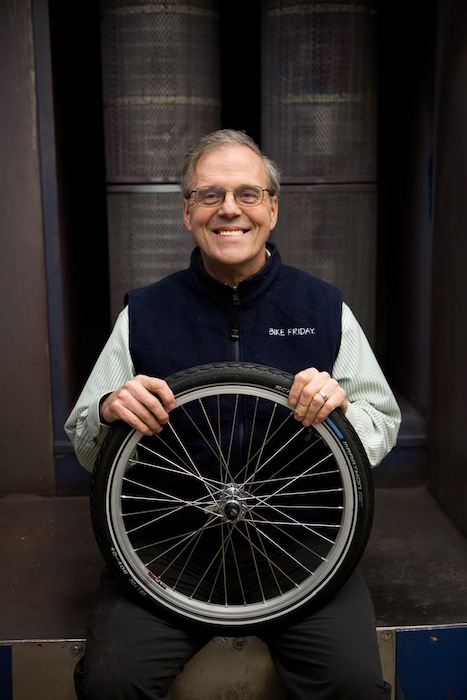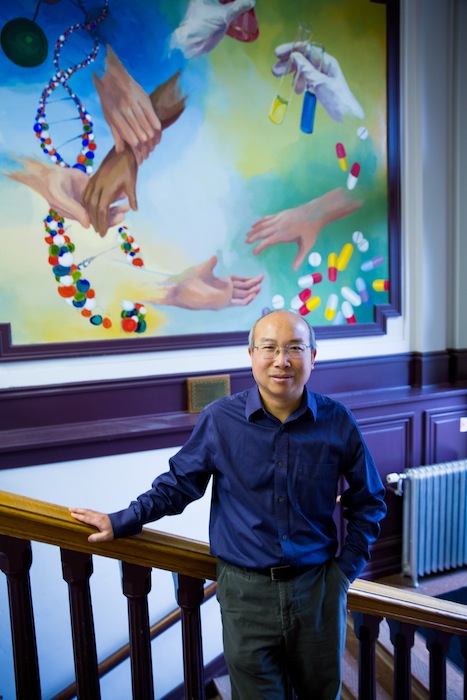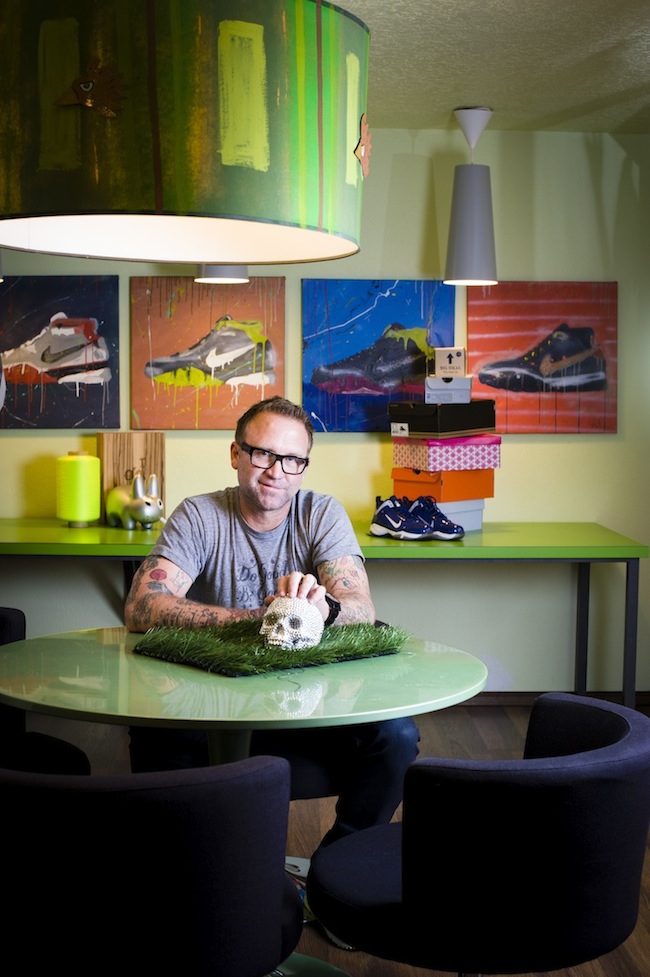Alan Scholz: Portable bike builder
A self-described serial entrepreneur, Alan Scholz has built his life and businesses around his love affair with bicycles. CEO of Green Gear Cycling and maker of Bike Friday in Eugene, Scholz has converted his passion into dozens of innovations for cyclists worldwide. “I’m out on a ride, going 40 mph downhill, and I’m thinking of how to design a bike so others can experience the thrill,” he says. Scholz, 61, opened his first bike shop at age 17 in the garage of his parent’s North Dakota home. At 19, he borrowed his mother’s sewing machine and stitched together a carrying bag that would fit on his bike. He peddled the resulting product, the Burley Bike Bag, at the Eugene Saturday Market as a young father, but had difficulty getting his infant daughter there safely on his bicycle. So he invented a safe and durable child trailer—the Burley Lite. The success…












